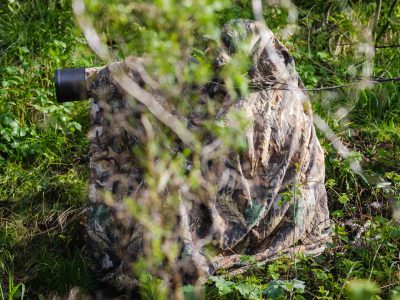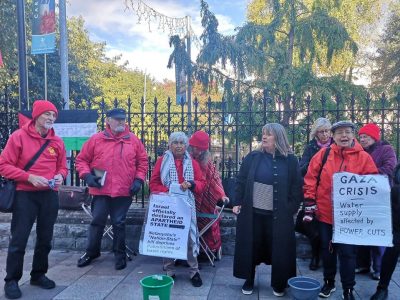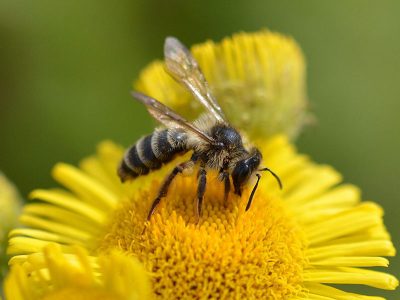#NoNewM4 Wildlife

Wildlife That Exists in the Gwent Levels
Variable Damselfly
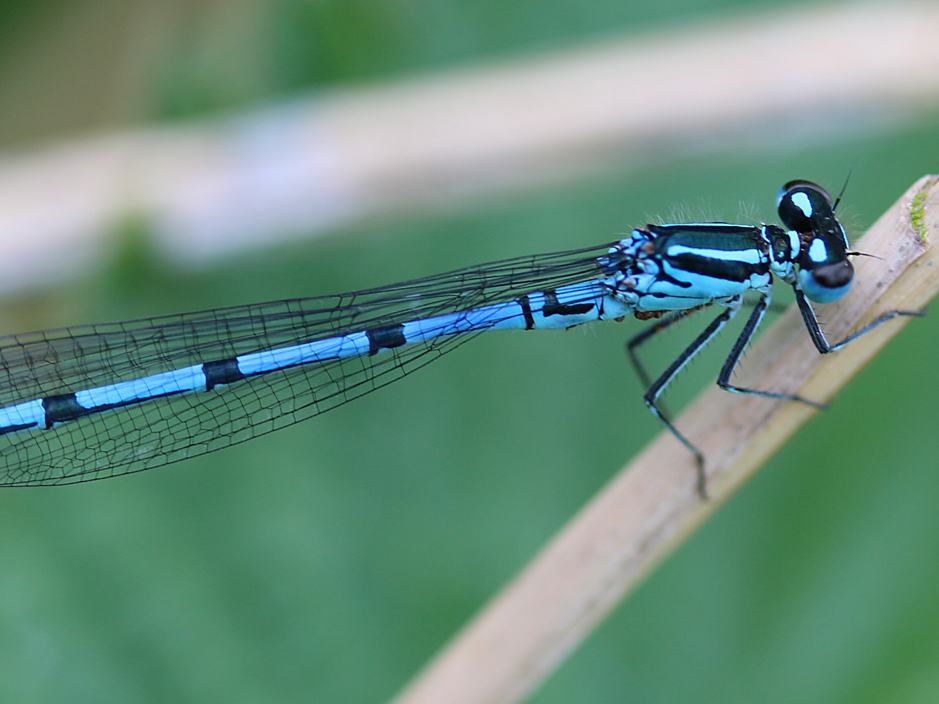
(Credit: Nick Goodrum via Flickr)
Most commonly found in the Republic of Ireland, this species is rare in mainland Britain. It is most likely to be spotted between May and August among plants and near ditches, canals and ponds.
Northern Lapwing
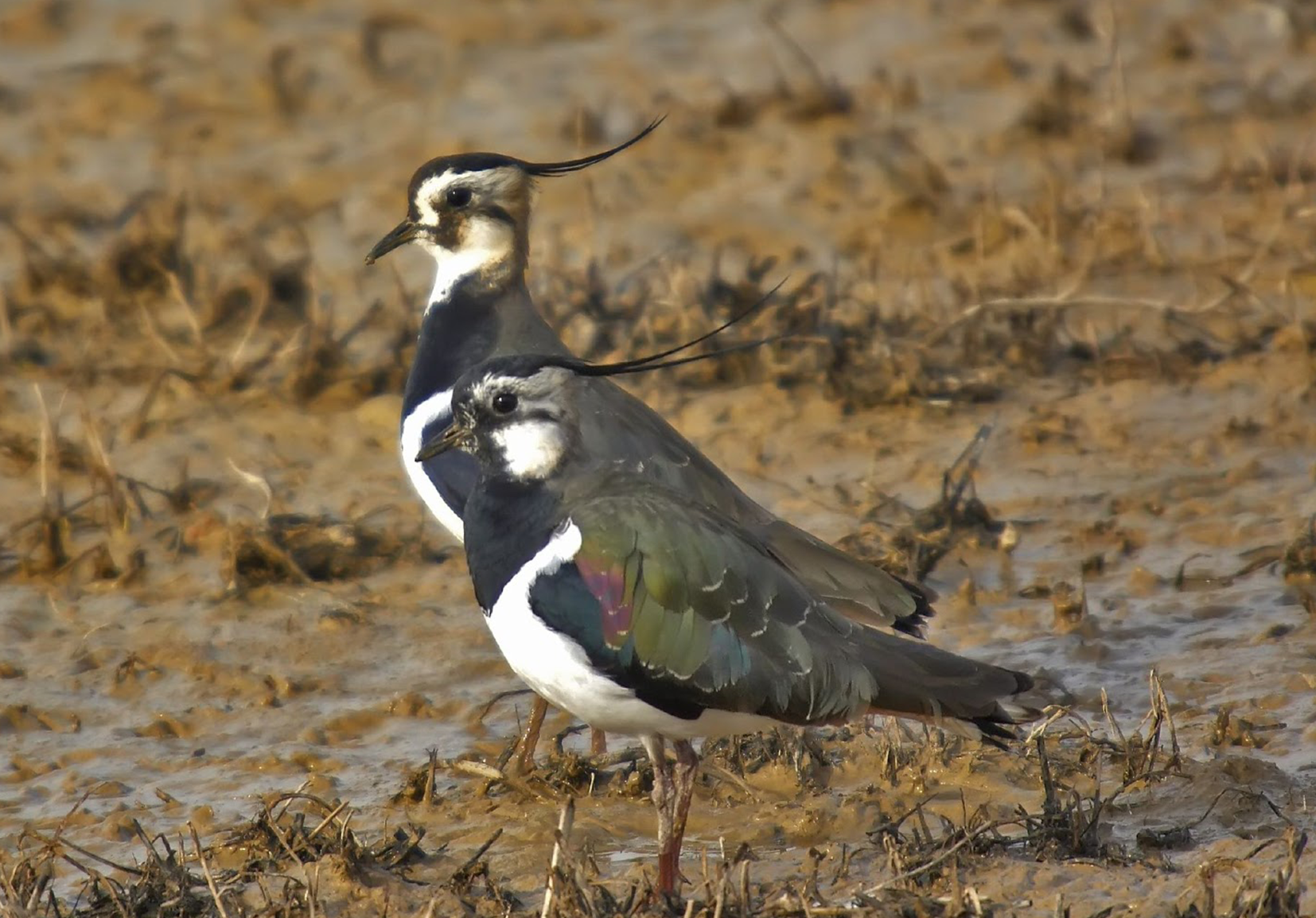
(Credit: Ferran Pestaña via Flickr)
This bird has recently suffered severe decline and is now considered to be globally threatened, according to UK conservation status. Its eggs were previously an aristocratic delicacy, however the European Union has now prohibited gathering the eggs to help to preserve the species.
Shrill Carder Bee

(Credit: Oskar Gran via Flickr)
The Shrill Carder Bee is one of the rarest bees in the UK and has declined in recent years. It is also the smallest species of bumblebee and has one of the smallest colonies compared to other bumblebees. It thrives in the Gwent Levels due to the prominence of wildflowers.
Musk Beetle
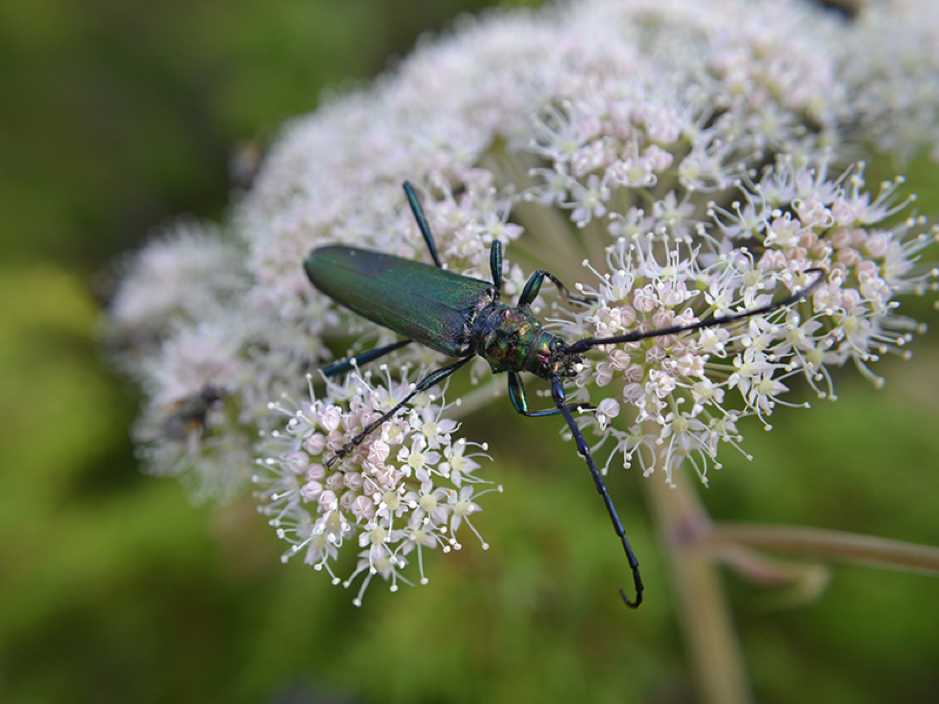
(Credit: Oskar Gran via Flickr)
This beetle is named after the strong smell it emits when it feels threatened and lives within the willow trees in the Gwent Levels. While the beetle is widespread across Europe, they are rare in the South of the UK.
Great Silver Water Beetle
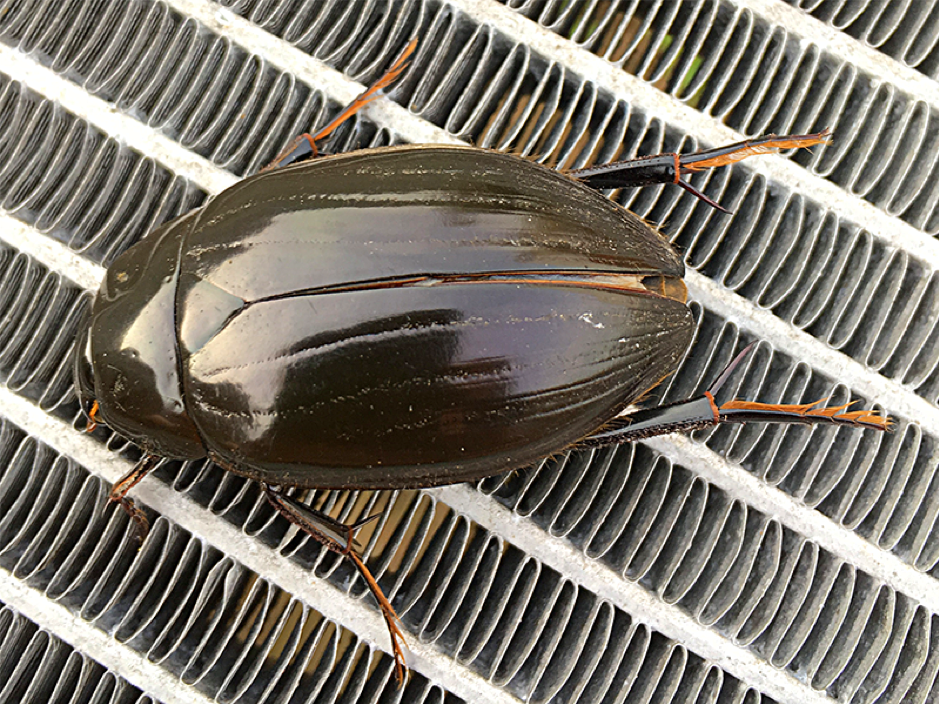
(Credit: Nick Goodrum via Flickr)
If the Stag Beetle’s antlers were discounted, the Great Silver Water Beetle would be classed as the biggest beetle in Great Britain. Extinct in some parts of Europe, the beetle is found within the ditches of the Gwent Levels.
Water Vole
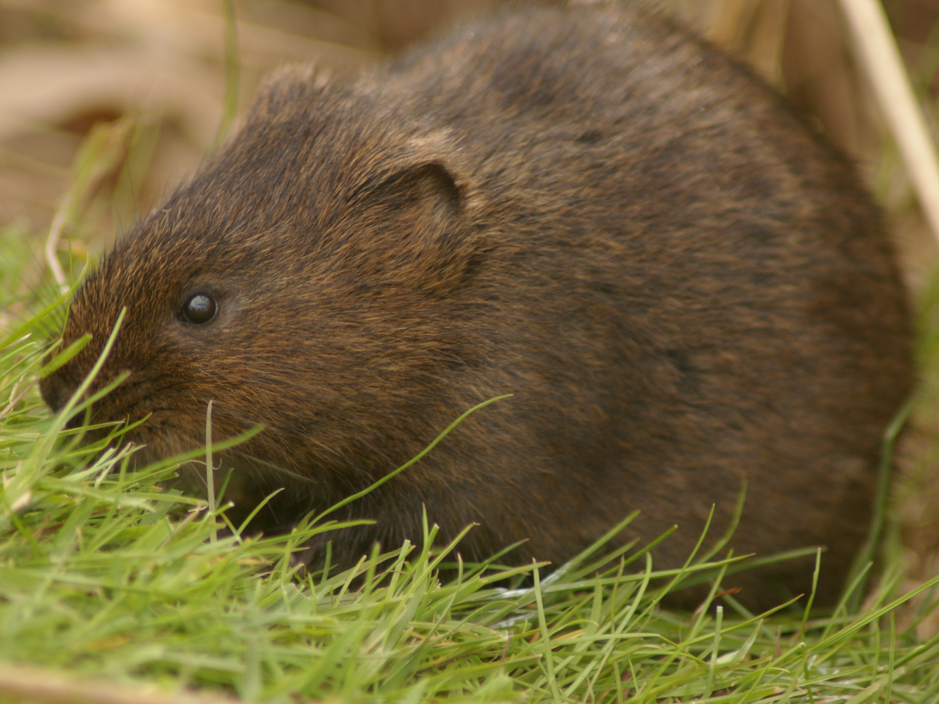
(Credit: Laurence Arnold via Flickr)
The water vole is currently considered to be under serious threat due to habitat loss and predation by the American mink. In 2008, the UK Government introduced legal protection for the water vole which made it an offence to disturb, damage or obstruct their breeding places.

Campaigners are against both the blue and the black route and would rather focus on increased funding in public transport
Protesters have gathered to voice their dismay as the Welsh Senedd approaches a decision on a new motorway route

Holly Butterworth is a communications volunteer for Friends of the Earth
Hundreds of campaigners came together outside the Welsh Senedd to protest against construction plans for an extension of the M4 which they say will threaten local wildlife.
The plans, which were originally proposed in the early 1990s, are intended to alleviate congestion on the M4 around Newport.

Phil Ward (far left), Julian Rosso (middle) and Terry Howell (right) have been campaigning against the road for 27 years
The 14 mile stretch of road would cut through four sites of special scientific interest (SSSI), areas which have been deemed worthy of conservation due to their fauna, flora and geographical features.
“If this goes through then no SSSIs are safe anywhere in the country,” said Kate Gibbs, from Llanfairfechan. “It would set a terrible precedent.”
The area in question, known as the Gwent Levels, is home to various species of wildlife including otters, waterfowl and the rare shrill carder bee. Gwent Wildlife Trust describe it as the Amazon of Wales in terms of biodiversity.

Rebecca Harford from Friends of the Earth said, “The M4 ‘black route’ is an old-fashioned and backwards-looking solution, which goes against the Wellbeing of Future Generations Act (2015) and the Environment (Wales) Act 2016.”
“We’ve got a lot of species there you don’t get in other places,“ said Friends of the Earth volunteer Holly Butterworth.
Wales does have a serious problem with traffic. Last year traffic jams cost the Welsh economy almost £278 million.
Eco Vagabonds manager, Autumn Martinez, said on social media, the road was necessary because of people’s lifestyles. “These main roads exist so that goods and produce are imported. As long as we consume and do long distance travel, larger, safer and more roads will be required.”
But the protestors say the new road is not the solution Wales needs.
“All we are going to be doing in Newport is exporting our problem onto Cardiff,” said president of Gwent Wildlife Trust, Roger James. “That is where the motorway ends, so you’ll have a large amount of people disgorging onto what is already a crowded capital city.”
The protestors suggest alternatives such as free buses, park and ride, or improving the condition of the current road.
Roger said these alternatives should be attempted before the government resort to building a new road.
The protest took place on 4 December, in anticipation of the imminent assembly vote on the road. Speakers against the new road included leader of Plaid Cymru, Adam Price and deputy leader of the Green Party of England and Wales, Amelia Womack.
The decision has now been pushed back and will be held under the new first minister.
#NoNewM4 Wildlife

Wildlife That Exists in the Gwent Levels
Variable Damselfly

(Credit: Nick Goodrum via Flickr)
Most commonly found in the Republic of Ireland, this species is rare in mainland Britain. It is most likely to be spotted between May and August among plants and near ditches, canals and ponds.
Northern Lapwing

(Credit: Ferran Pestaña via Flickr)
This bird has recently suffered severe decline and is now considered to be globally threatened, according to UK conservation status. Its eggs were previously an aristocratic delicacy, however the European Union has now prohibited gathering the eggs to help to preserve the species.
Shrill Carder Bee

(Credit: Oskar Gran via Flickr)
The Shrill Carder Bee is one of the rarest bees in the UK and has declined in recent years. It is also the smallest species of bumblebee and has one of the smallest colonies compared to other bumblebees. It thrives in the Gwent Levels due to the prominence of wildflowers.
Musk Beetle

(Credit: Oskar Gran via Flickr)
This beetle is named after the strong smell it emits when it feels threatened and lives within the willow trees in the Gwent Levels. While the beetle is widespread across Europe, they are rare in the South of the UK.
Great Silver Water Beetle

(Credit: Nick Goodrum via Flickr)
If the Stag Beetle’s antlers were discounted, the Great Silver Water Beetle would be classed as the biggest beetle in Great Britain. Extinct in some parts of Europe, the beetle is found within the ditches of the Gwent Levels.
Water Vole

(Credit: Laurence Arnold via Flickr)
The water vole is currently considered to be under serious threat due to habitat loss and predation by the American mink. In 2008, the UK Government introduced legal protection for the water vole which made it an offence to disturb, damage or obstruct their breeding places.

Campaigners are against both the blue and the black route and would rather focus on increased funding in public transport



